2 pts. Work with a shoe. Take a series of photos of that shoe from different angles and with different cropping until you get 20 photos of it that really look different. The goal is to take as wide a range of photos of the shoe as possible. The way to get this wide range is by using different ways to compose and light the shoe. The shoe should be the main element in every photo.
Shot list:
Framing
- Long shot
- Medium shot
- Close-up
- Extreme Close-up
Angle of view
- Worm’s-eye view
- Low-angle
- Eye-level
- High angle
- Aerial or Bird’s-eye view
- Oblique angle
Focal Length
- Wide Angle – zoom out
- Telephoto – Zoom in
Line
- Horizontal Line
- Vertical line
- Diagonal line
Balance
- Rule of Thirds
- Balanced/Symmetrical
- Off-balance/Asymmetrical
Space and Perspective
- Shallow Space
- Deep Space
Put your 20 best photos of the shoe in an album on Flickr.
Inspiration: The Shoes of Our Lost Icons are Still Full of Life
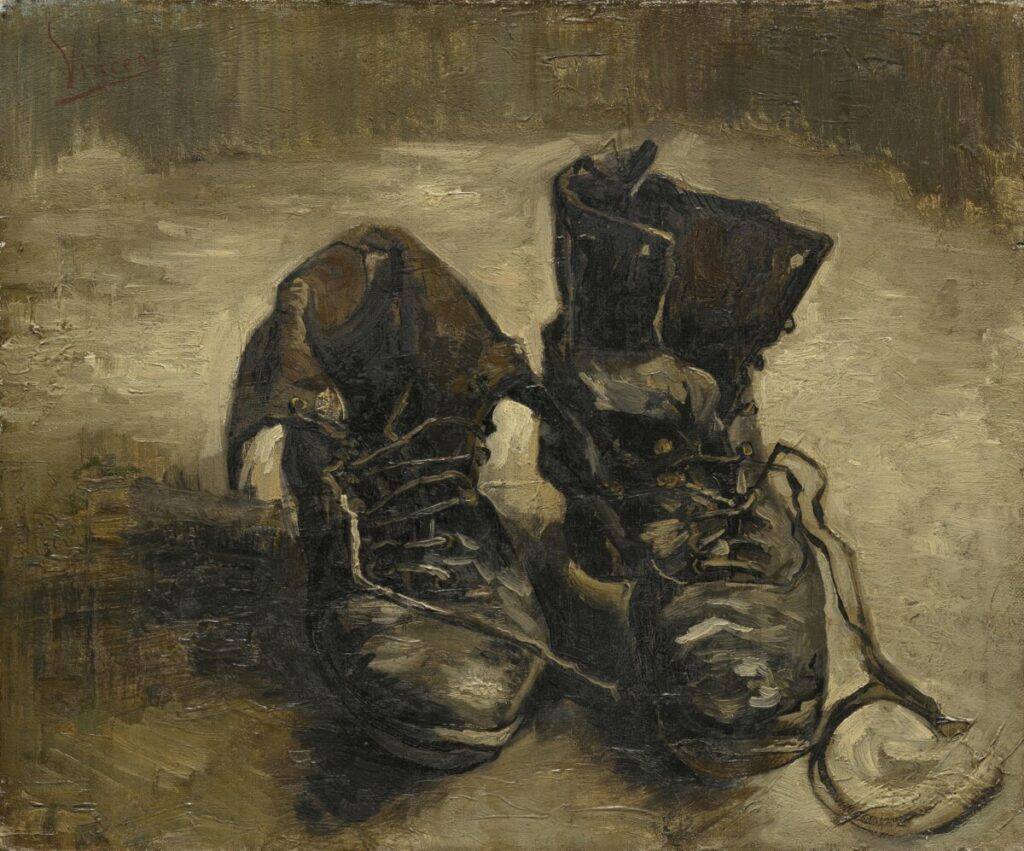
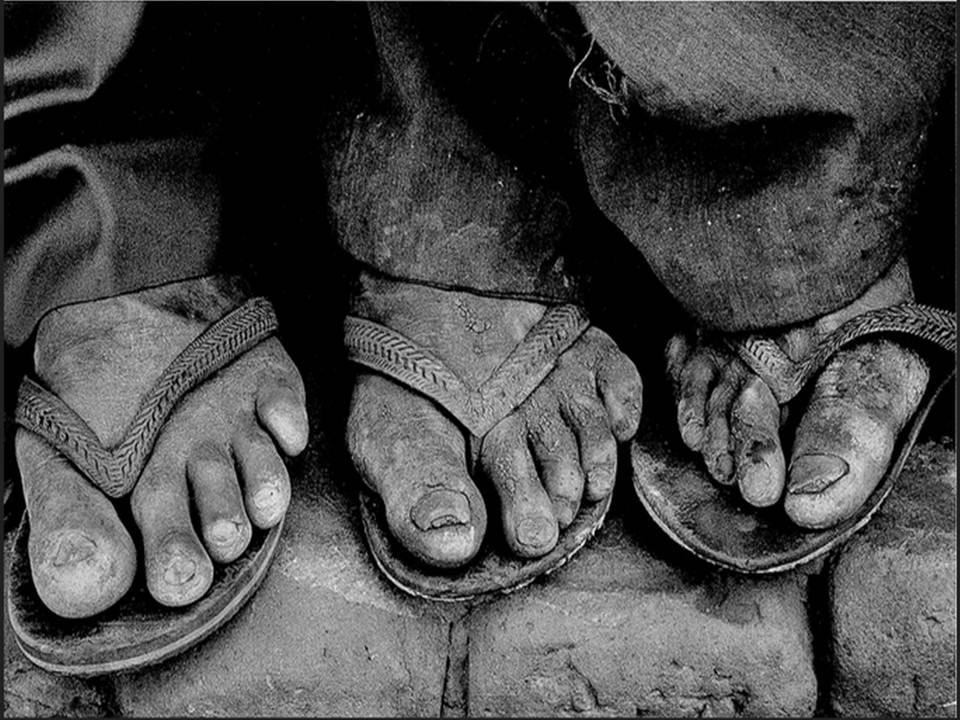
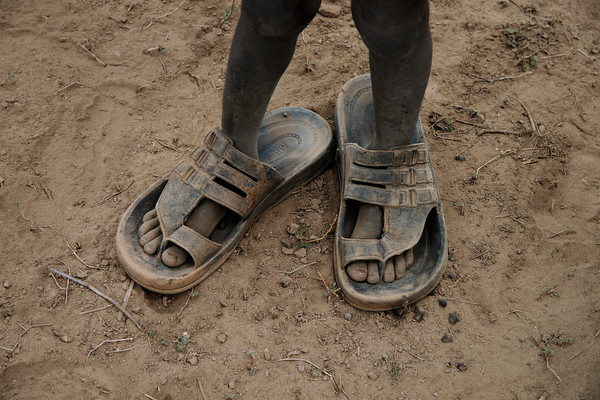
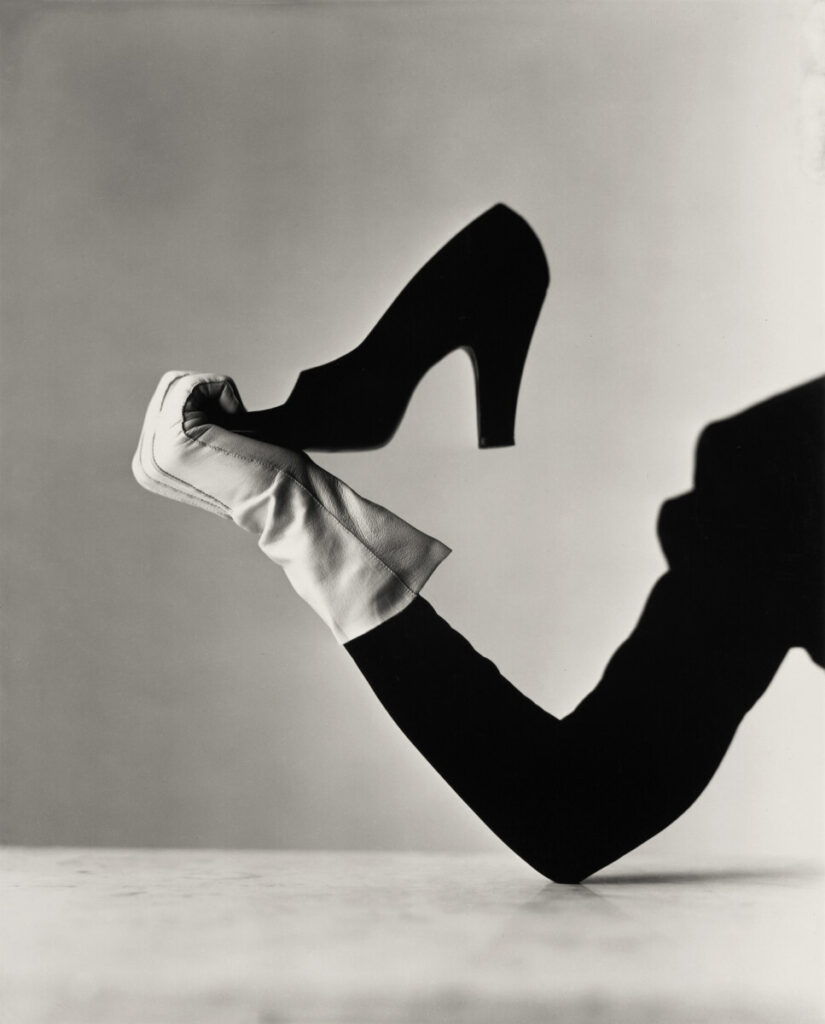
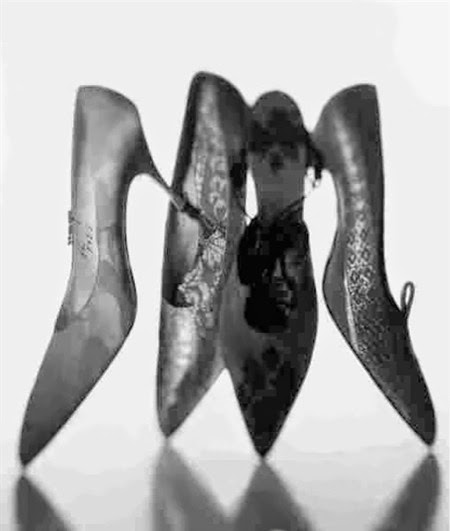


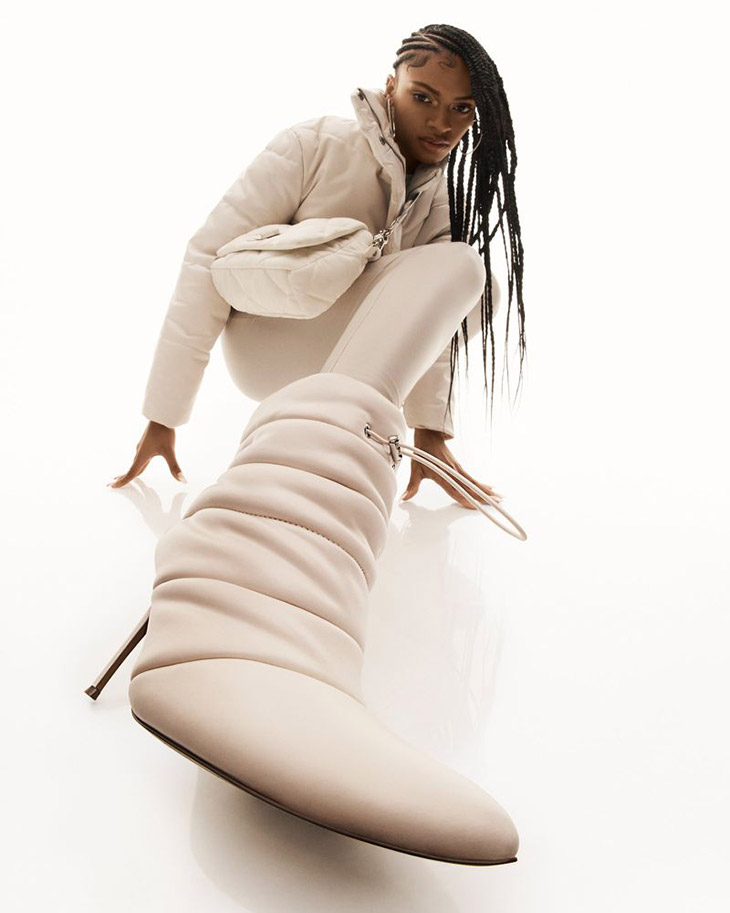
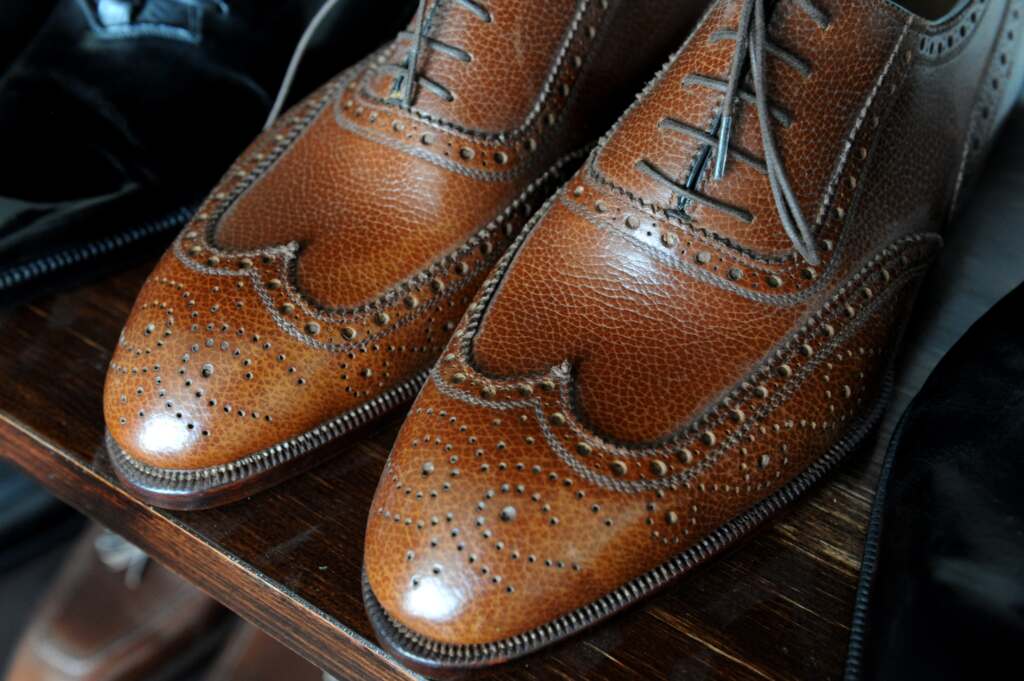
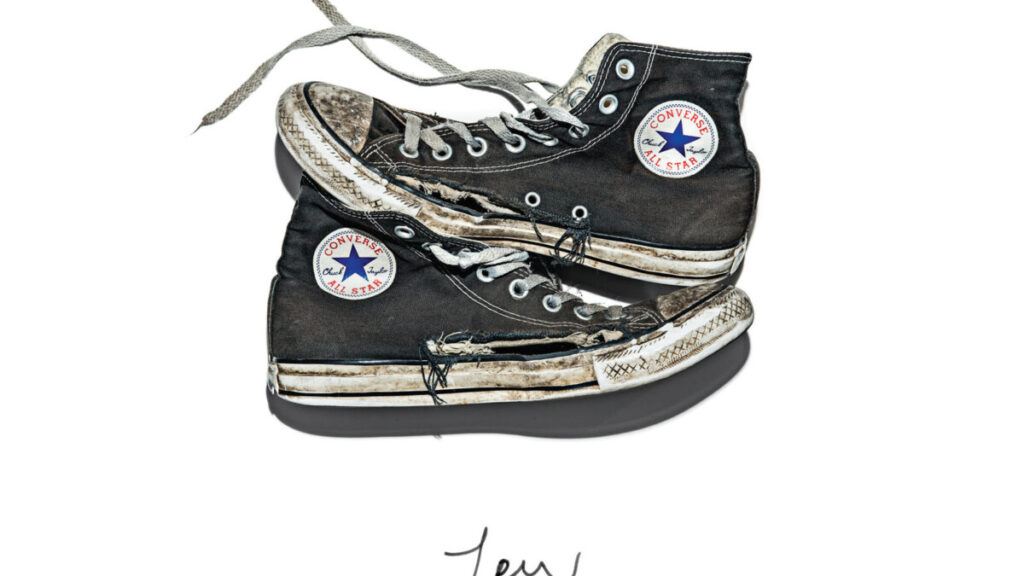
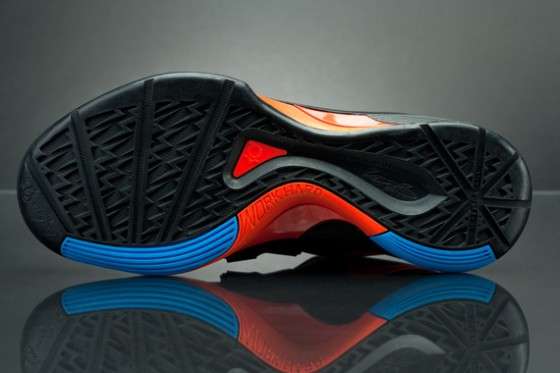
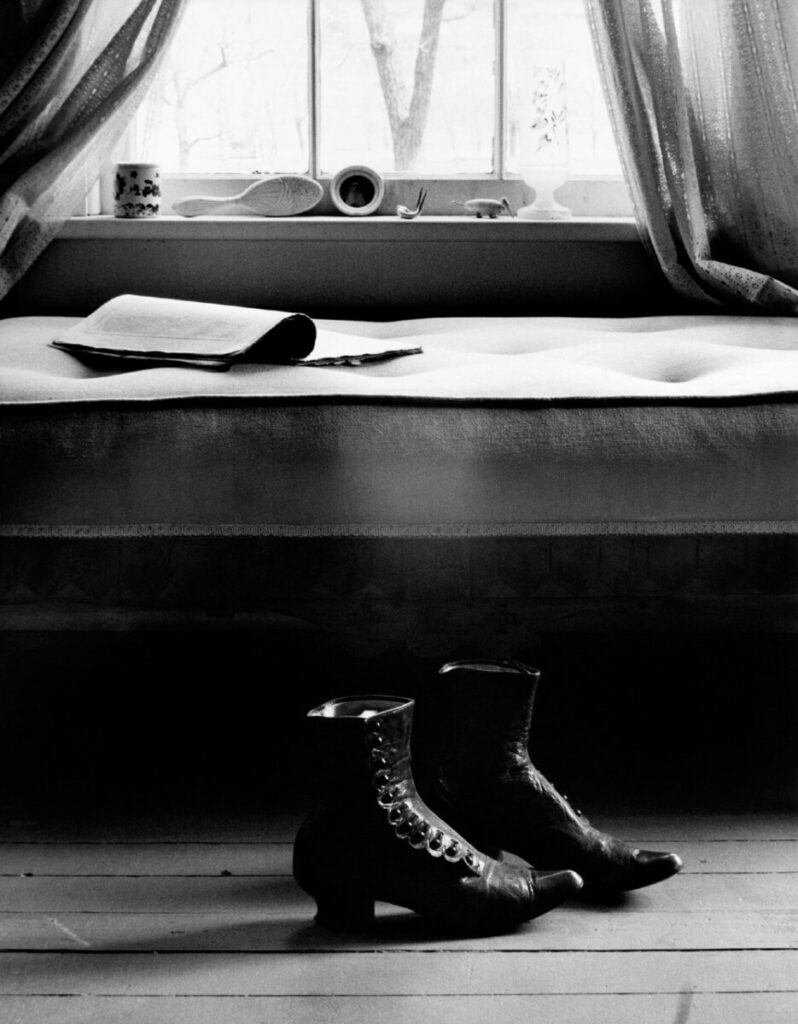
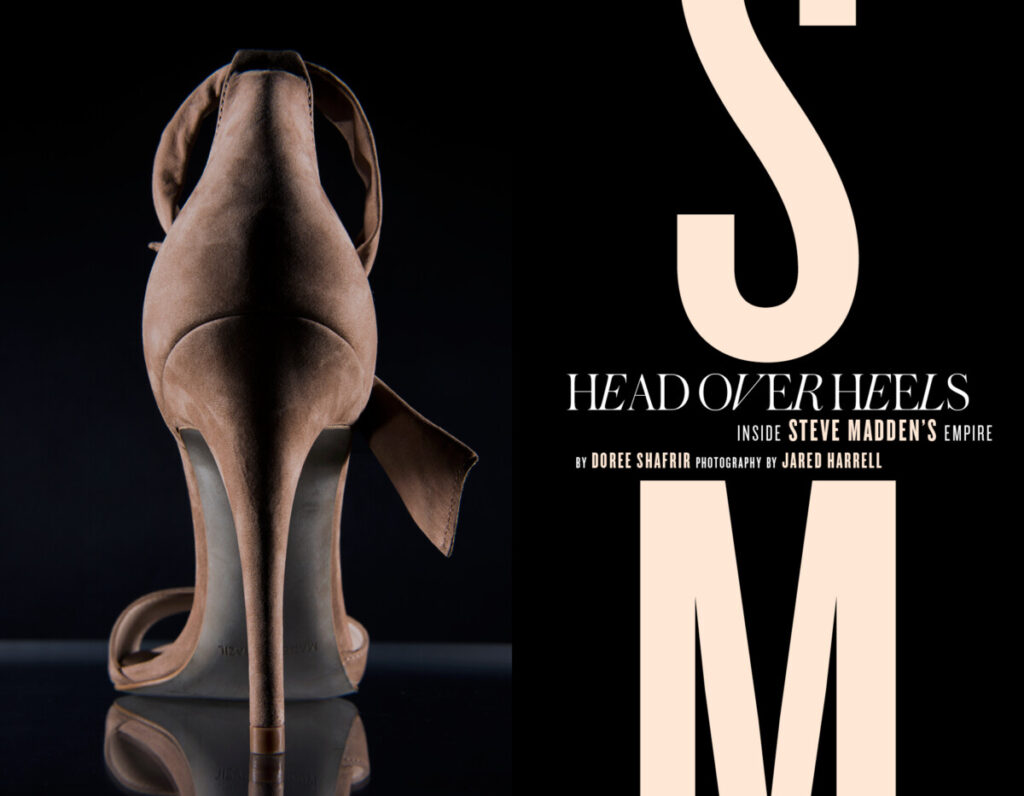
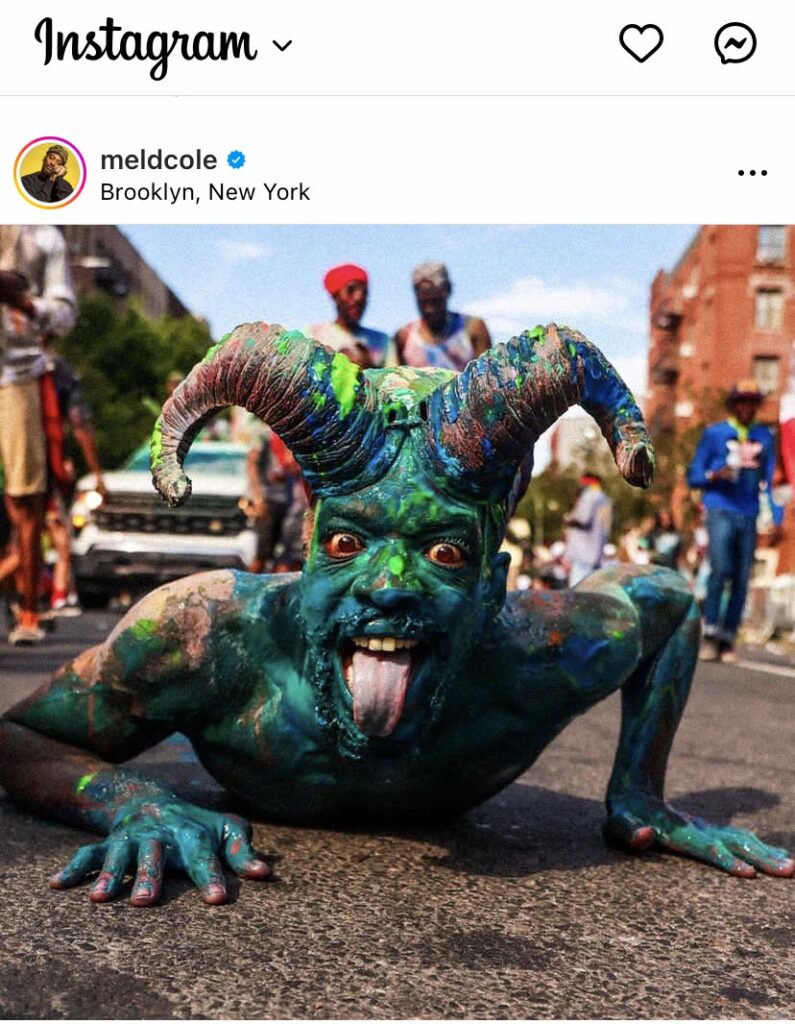
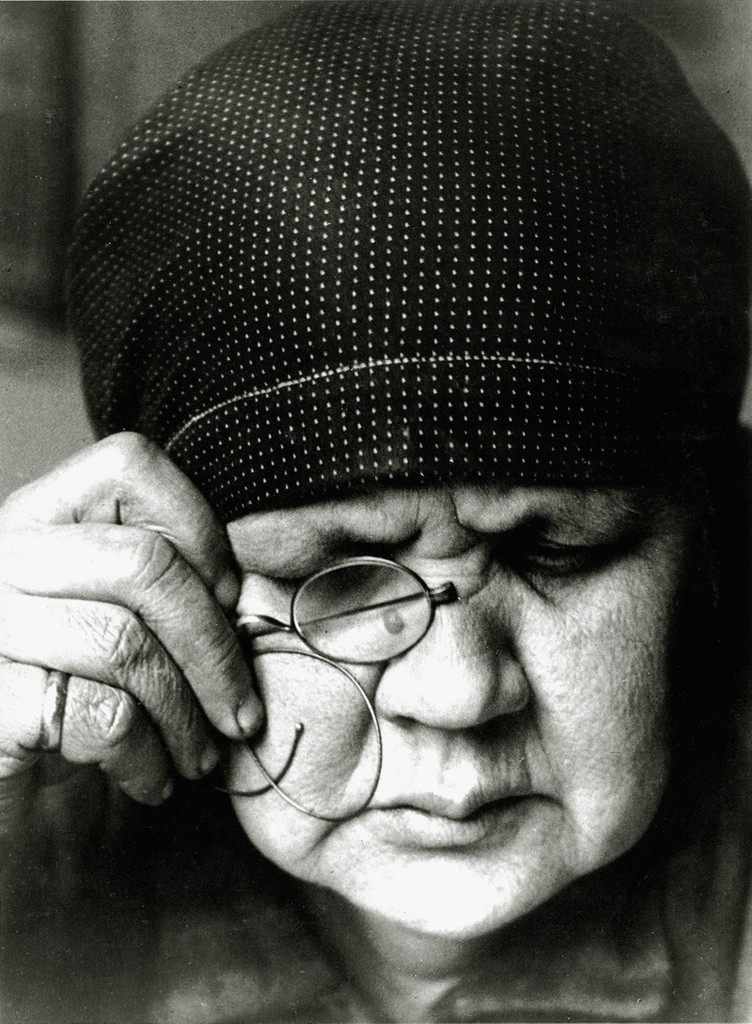
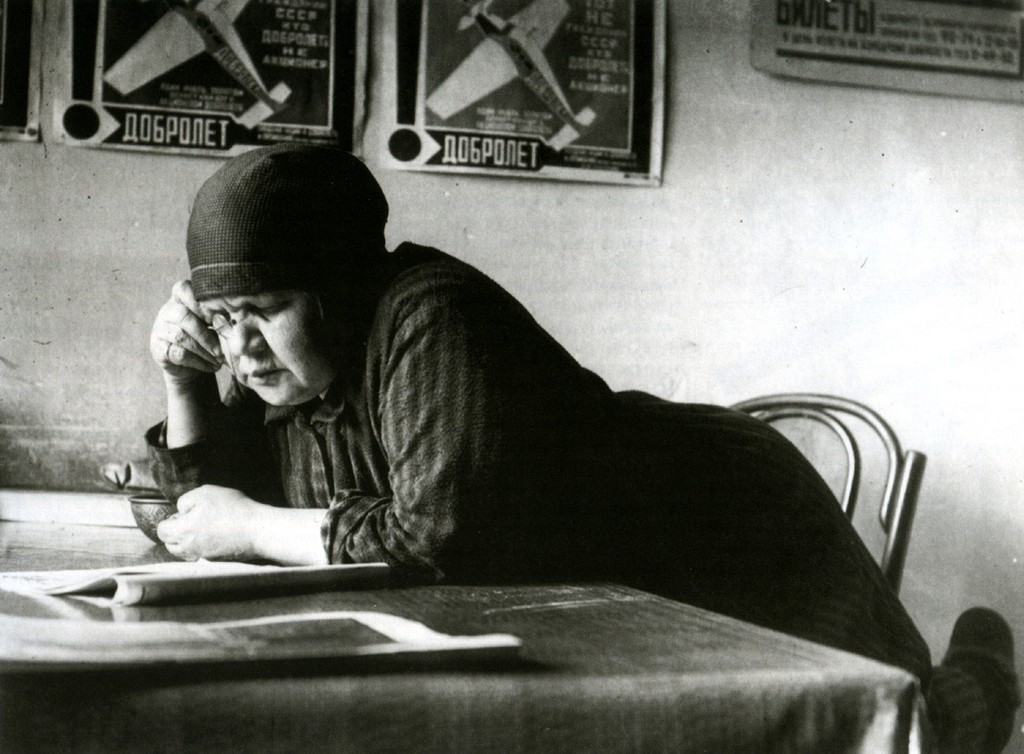
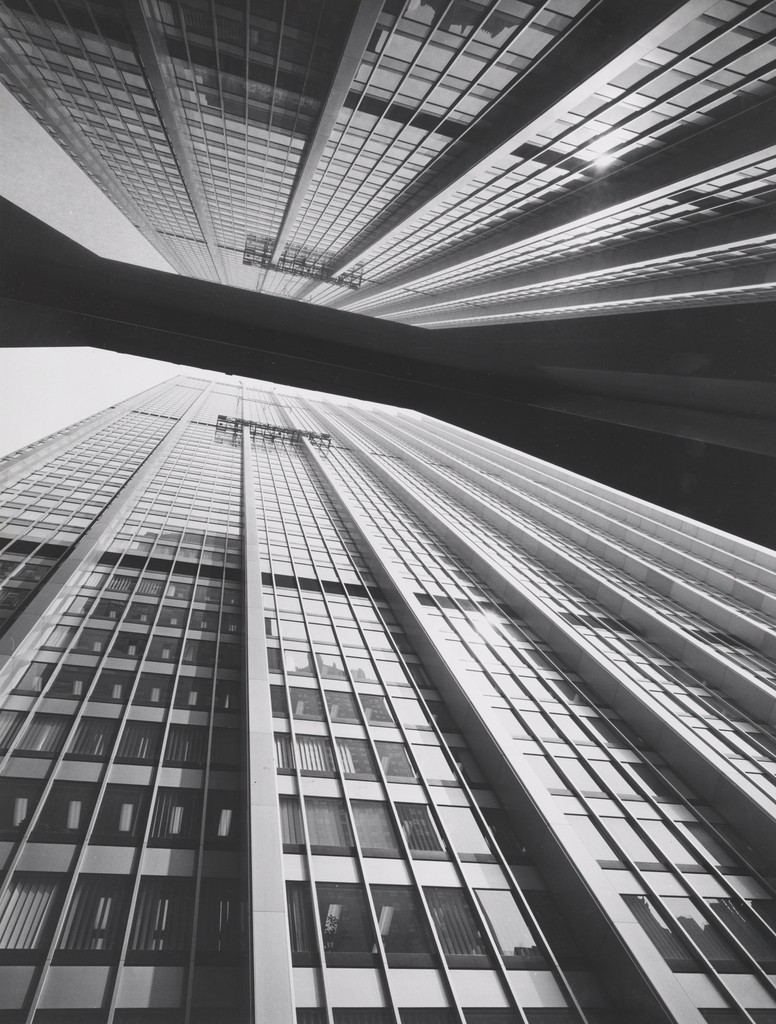
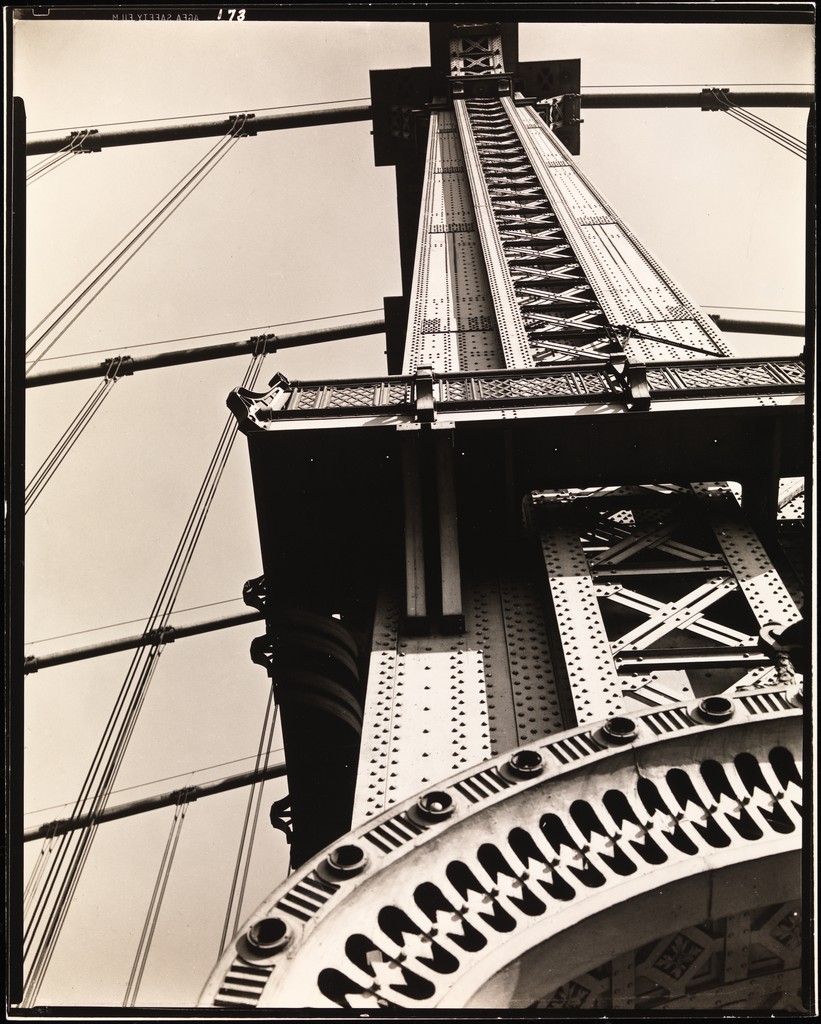
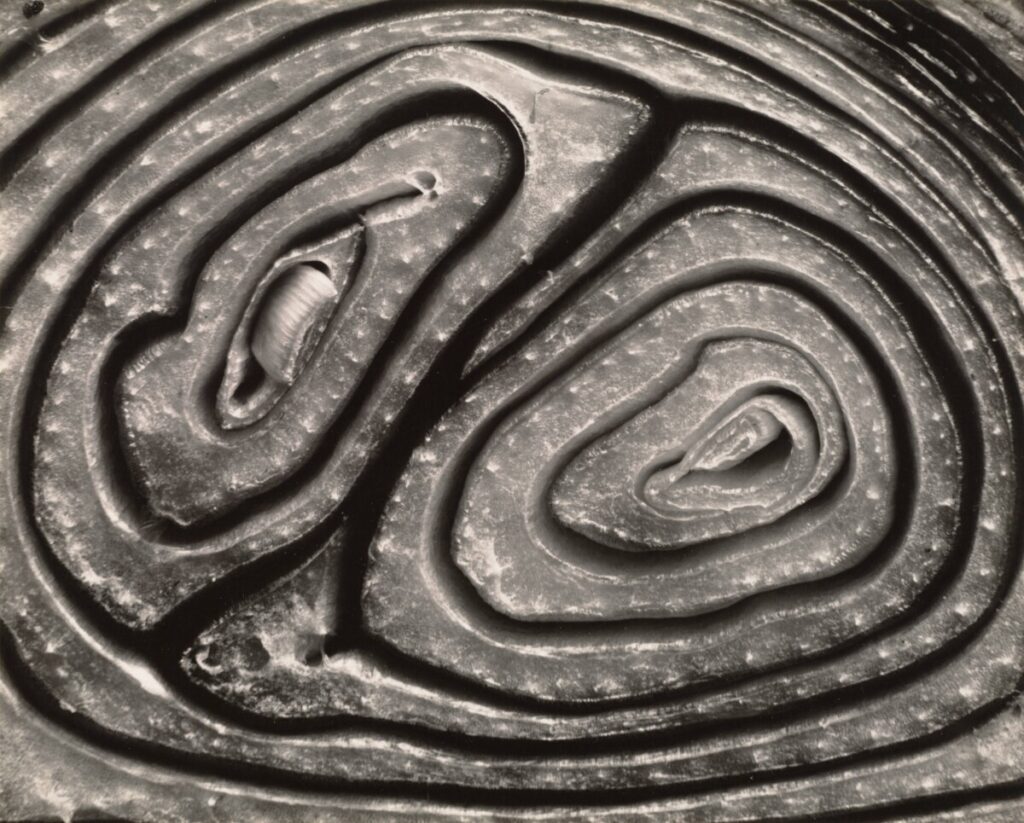
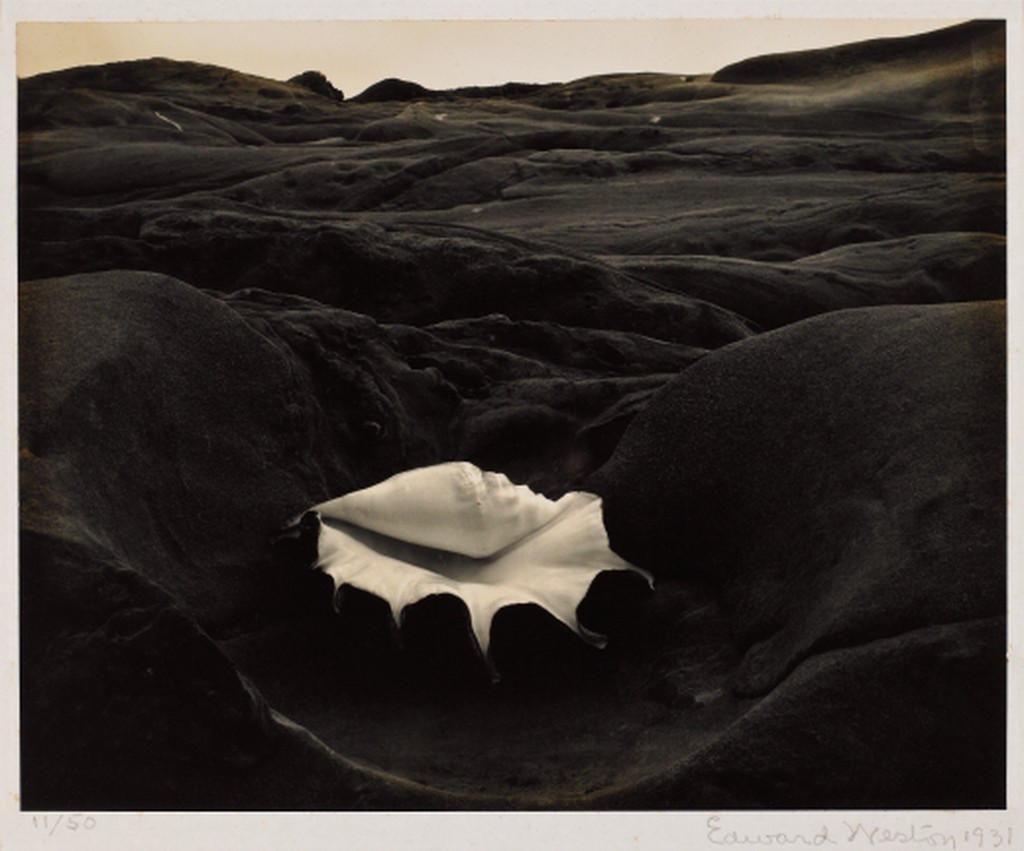

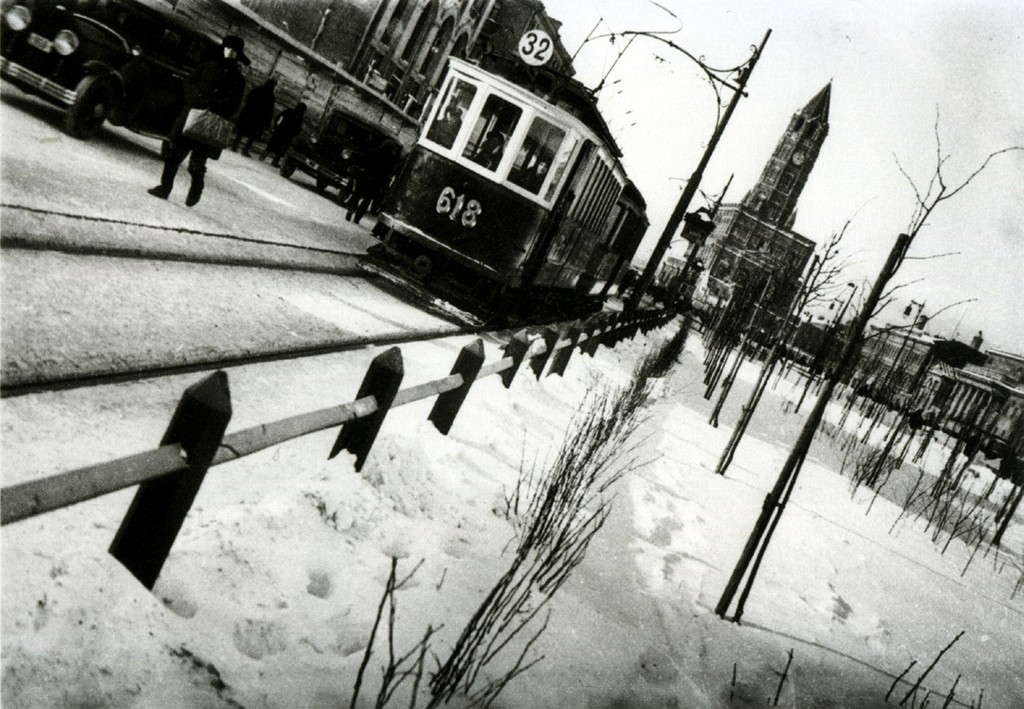
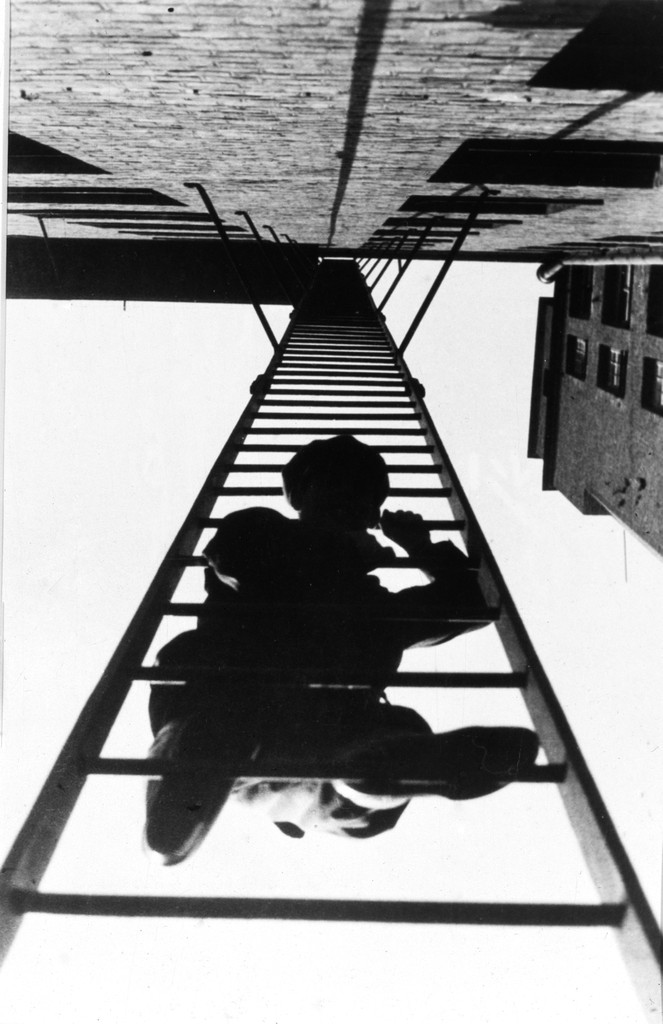

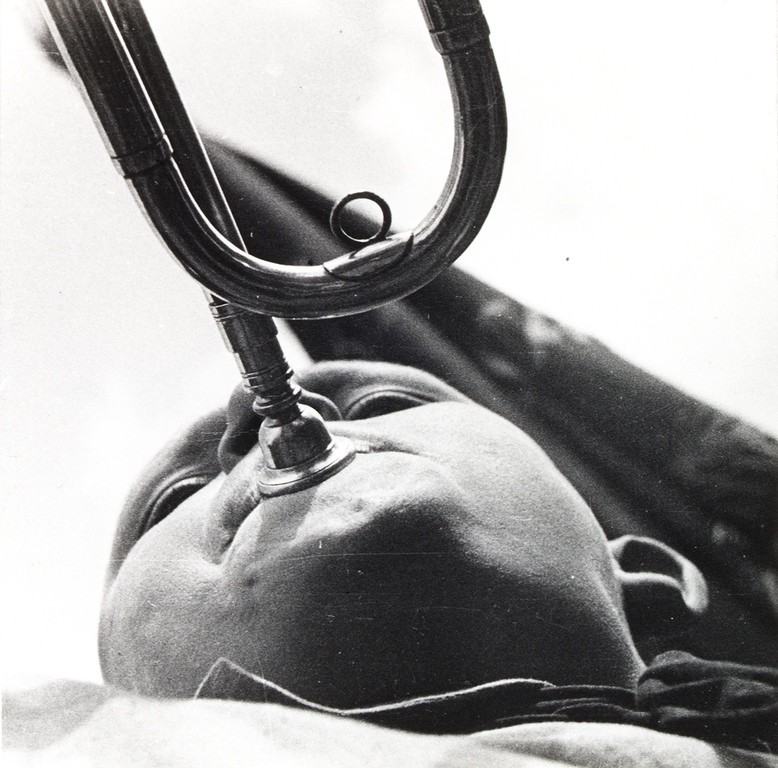


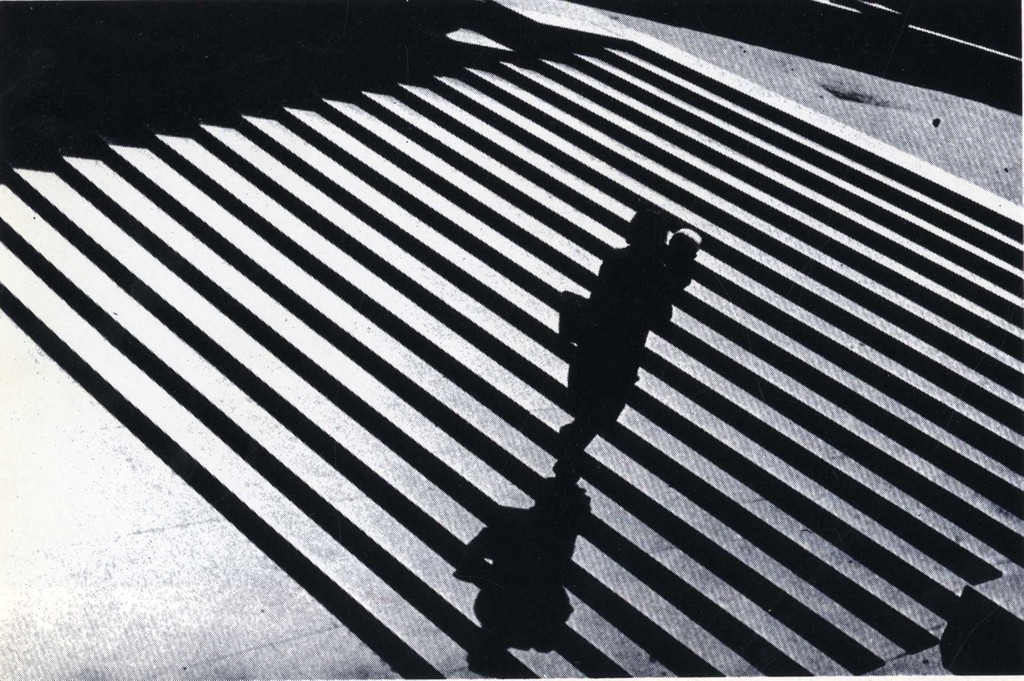
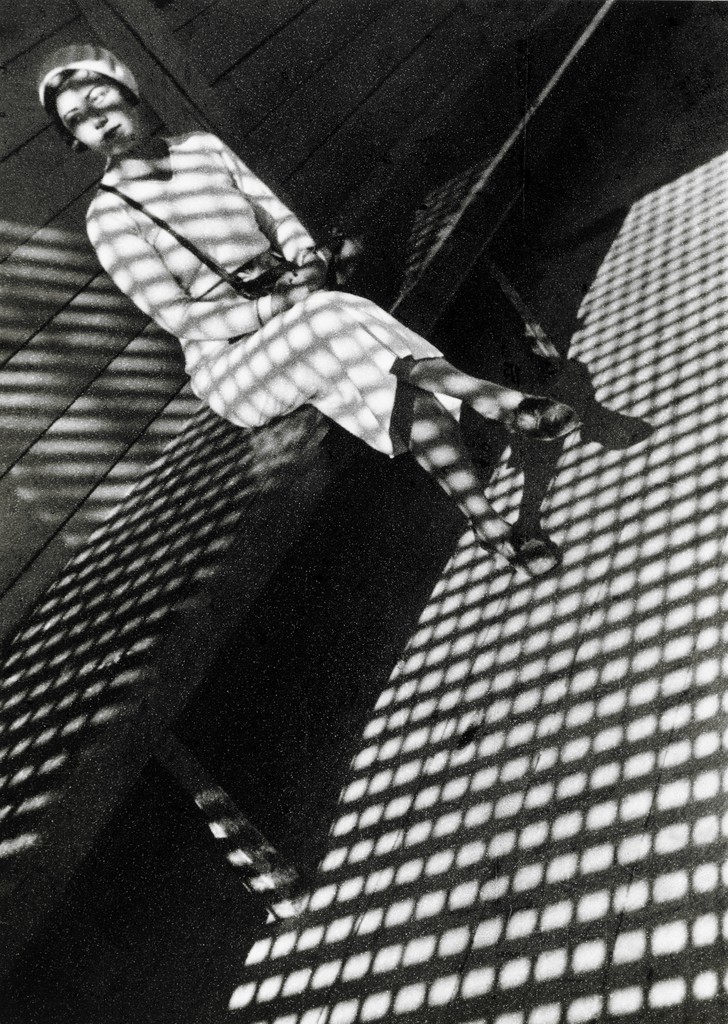




Recent Comments